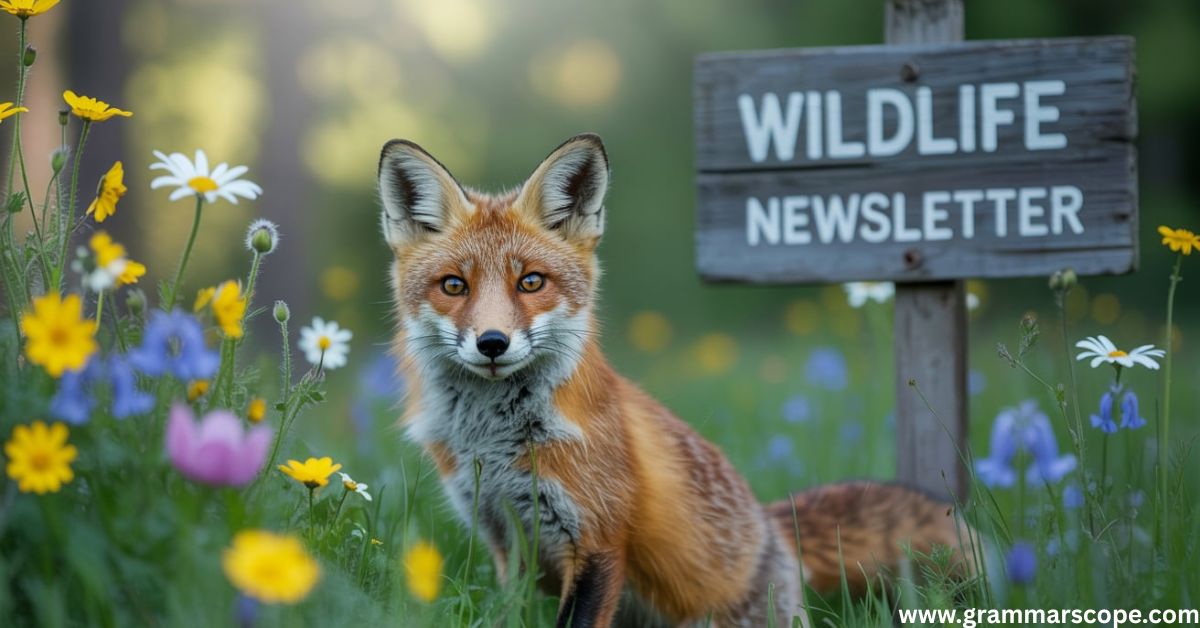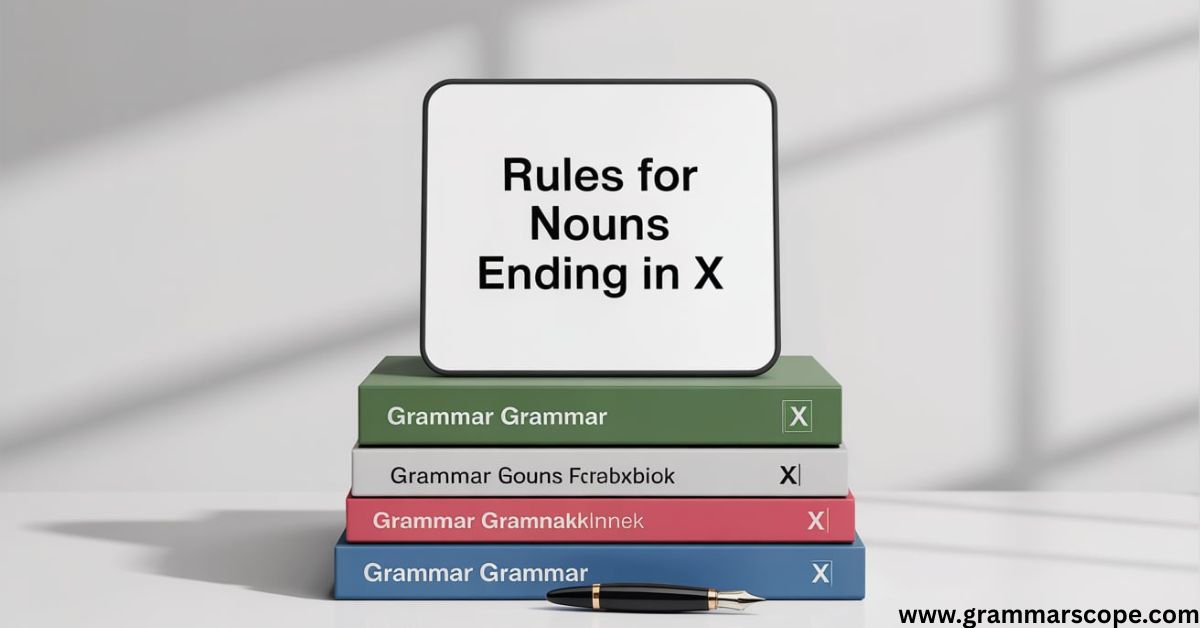Plurals of ox and fox plural form might seem straightforward—but they hide fascinating quirks rooted in history. The word “ox” forms its plural as oxen, while “fox” becomes foxes. One surprises learners; the other feels familiar. Yet both follow very different patterns, shaped by centuries of Old English plural forms, English plural exceptions, and linguistic evolution. This article explains the ox plural form and the fox plural form, clarifies why oxen and foxes, and illustrates correct usage in realistic scenarios.
Readers often ask: why not “oxes” or “foxen”? How did these forms emerge? We’ll explore irregular plurals in English, compare the plural of ox and fox, and highlight the rules behind standard plural formation for foxes. Along the way, you’ll see real‑life examples—such as emails—demonstrating proper usage in context. Whether you’re a student polishing grammar or a writer refining style, you’ll find both clarity and some fun historical insight.
By the end, you’ll understand the word etymology, the linguistic history of ox and fox, and rules like plural rules for nouns ending in x. This isn’t dry grammar. It’s a journey into how English built surprising forms—and why they still matter today.
Singular Forms: Ox and Fox
In modern English, the singular ox refers to a large bovine used for work; fox denotes a small, agile wild animal. Both are everyday words—but their plural forms fare very differently. Understanding singular versus plural helps prevent errors like “oxes” or “foxen.”
Plural Forms: Oxen and Foxes
Oxen
In contrast to regular plurals, ox follows an irregular plural rule. In Old English, plural forms, words like ox used a special suffix -en, so the plural became oxen. That’s why learners should not write “oxes”—that form doesn’t exist in standard English. The correct plural form is oxen, and it persists in modern usage because it stayed fixed in the English vocabulary.
Scenario Example: Email in a Farm Setting
To: Manager Emma
Subject: Inquiry about farm laborHi Emma,
Could you confirm whether the oxen will be available for field plowing next Tuesday? I’d like to reserve two oxen if possible.
Thank you,
Raj
In this email, using oxen correctly shows both grammatical accuracy and respect for language tradition.
Foxes
By contrast, fox follows standard plural formation foxes: add -es to nouns ending in -x. So the plural of fox is foxes. Unlike oxen, that’s predictable under modern plural rules. Use “foxes,” not “foxen” or “foxe.”
Scenario Example: Wildlife Newsletter

To: Subscribers
Subject: Fox sightings this weekHello everyone,
A pair of red foxes was spotted near Lakeside Park yesterday evening. Please report if you observe more foxes around the trail.
Best,
Wildlife Team
This shows how fox plural form fits everyday writing.
Comparing Plurals
English presents two types of plural formation here: irregular plurals in English, as in oxen vs. oxes, and regular plural rules, as in foxes vs. fox. The difference highlights how word etymology retains an ancient pattern, while plural rules for nouns ending in x default to -es.
oxen survive because Old English kept it, though “oxes” would match modern patterns; meanwhile, “foxes” sticks precisely to the rule. Understanding that contrast helps you avoid mistakes like mixing patterns—especially mixing up oxen vs. oxes or writing foxen vs. foxes.
Why ‘Foxes’ for ‘Fox’ and ‘Oxen’ for ‘Ox’?
The reason behind why foxes and oxen lies in their linguistic history of ox and fox. Nouns ending in x, like “fox,” form plurals with -es—a modern, consistent rule. Words like ox, however, belonged to a small class of Old English nouns that used the -en plural suffix. While most of those forms disappeared over time, oxen remain standardized.
When you ask why oxen, you’re asking about historical grammar retention. Asking why foxes, you conjure a textbook grammar rule. Together, they illustrate how English blends the archaic with the conventional.
Most Important Paragraph Explained
This paragraph is crucial—it distills why we have two very different plural endings in words as simple as “ox” and “fox.” Treat it as a hinge on which the rest of the article turns. Use this knowledge to remember the correct forms and to teach others:
- Tip 1: Trace the etymology. Knowing that oxen is rooted in Old English helps it stick in memory.
- Tip 2: Apply plural rules. When you see a word ending with -x, default to adding -es, like fox → foxes.
- Tip 3: Test your instincts. If a plural sounds odd, would you ever say “oxes”? No? Then it’s oxen.
- Tip 4: Practice with real contexts. Writing sample sentences or emails (as above) makes the pattern concrete.
Scenario Examples: More Uses

Formal Letter About Oxen
Dear Mr. Ahmed,
I’m writing to request that our three oxen be assigned to the western field next week. We estimate needing two oxen in the morning and one in the afternoon.
Sincerely,
Field Agent Sofia
Informal Chat About Foxes (Text Message)
Hey Omar, did you see those foxes by the creek this morning?
Yes I did! Two foxes looked like they were playing near the bridge. Amazing sight.
Additional Details and FAQs
Oxen vs. Oxes
While people occasionally write “oxes,” this form doesn’t appear in formal writing. Sometimes learners try to apply standard plural formation, but for ox, the only correct plural is oxen. That’s one of those English plural exceptions that sticks.
Why not “foxen”?
There’s no historical basis in English for foxen—the en plural survived only for select nouns like ox, child, brother in archaic forms (children, brethren). “Fox” never belonged to that group. So why is foxes simple: regular grammar rules.
Linguistic history of ox and fox
Old English had more words that formed plurals with -en, but most changed over time. “Oxen” remained because it stayed in frequent use. So the history of word etymology oxen shows retention of archaic grammar.
Rules for nouns ending in x

Every noun ending in -x in modern English takes -es. So you get boxes, foxes, vixens, axes. That’s straightforward—so rules about plural formation for -x nouns help you avoid odd variants.
Summary Table
| Word | Correct Plural | Why It Follows That Form |
|---|---|---|
| Ox | Oxen | From Old English, irregular plural |
| Fox | Foxes | Regular rule: add -es to noun ending in -x |
Final Thoughts
The plural of ox and fox may appear simple, yet it reveals how English merges ancient tradition and modern convention—knowing why oxen and why foxes equips you to write clearly and confidently. Remember, “oxen” comes from an irregular plural, while “foxes” obeys standard rules. Throw in real‑life examples—like farm emails or wildlife reports—and the distinction becomes feel‑natural, not forced.
If someone wonders “what is the ox plural form?” or “what is the plural of fox?”, you can answer: ox → oxen, fox → foxes. No exceptions. Master that, and you’ve tamed a little piece of English oddity.

Emma Olivia is an experienced blogger and the creative mind behind Grammar Scope. With a passion for language and years of writing expertise, she crafts engaging, informative content that simplifies grammar and writing tips for readers worldwide. Emma’s dedication to clear communication and love for the written word shine through every article she publishes, making Grammar Scope a trusted resource for language enthusiasts and learners alike.







